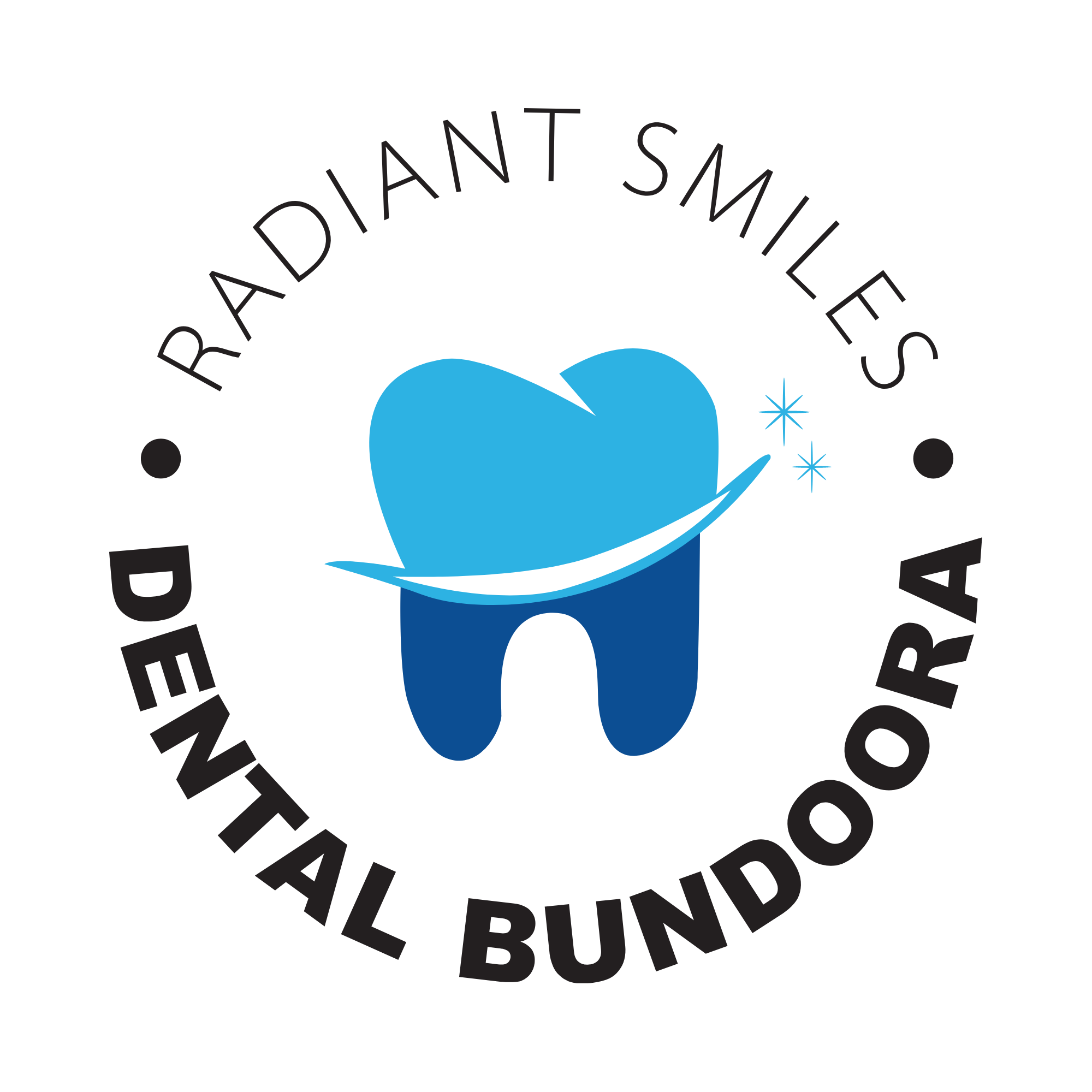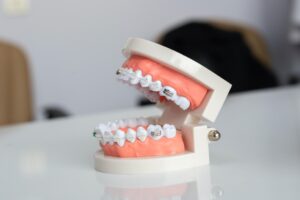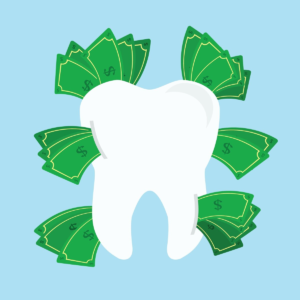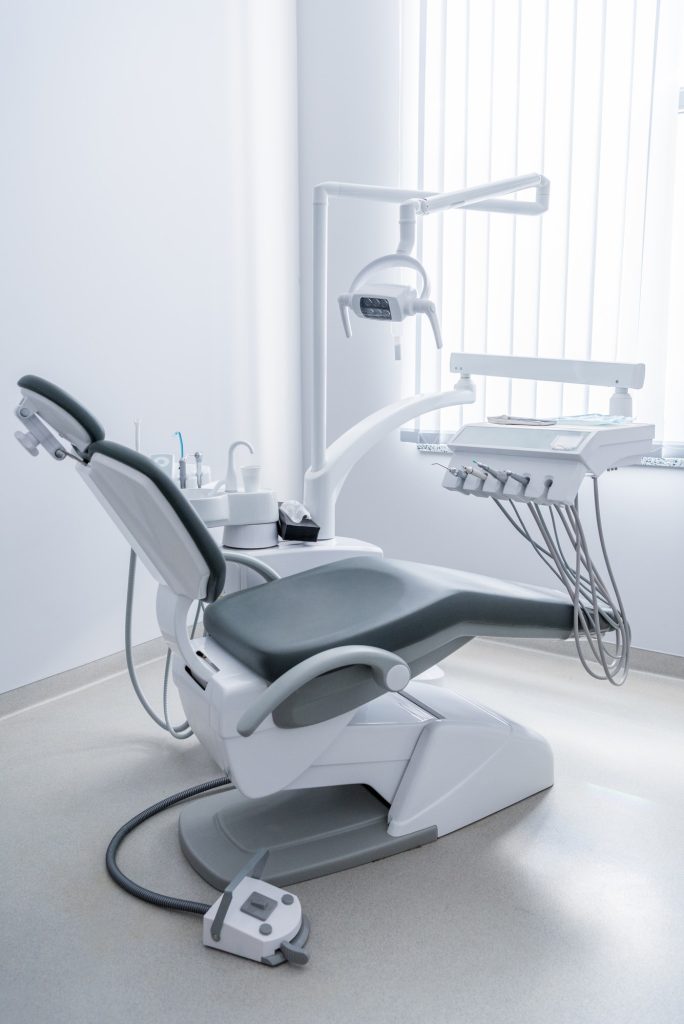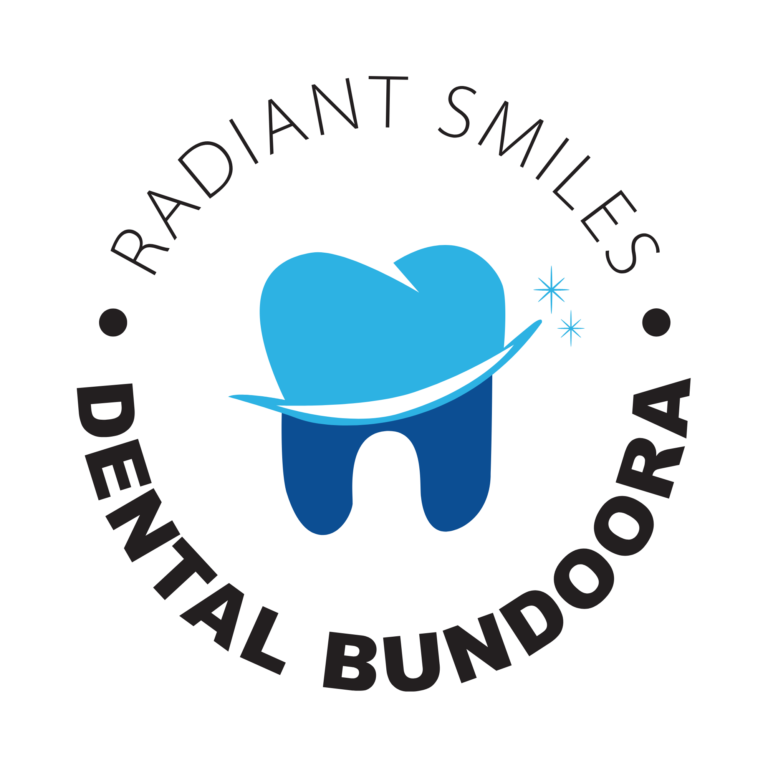Cracked teeth can cause serious discomfort, so seeing a dentist as soon as possible is important. Cracked and broken teeth often become dental emergencies if not taken care of in time. If you’re experiencing pain associated with a cracked tooth, then your dentist will immediately recommend some form of treatment. There are several available options for treating cracked teeth, depending on the severity and type of breakage present. In this blog post, we’ll discuss common causes, symptoms, and treatments for cracks in the tooth so that you can make an informed decision about what works best for you and your oral health needs.
Causes of cracked teeth
1. Teeth grinding and clenching
Grinding and clenching your teeth can put excessive pressure on them, which can cause cracks over time. If you grind your teeth while sleeping, consider going to the dentist so they can recommend a mouthguard to protect your teeth from grinding or clenching during the night. Cracked, chipped, and broken teeth are commonly caused by teeth grinding.
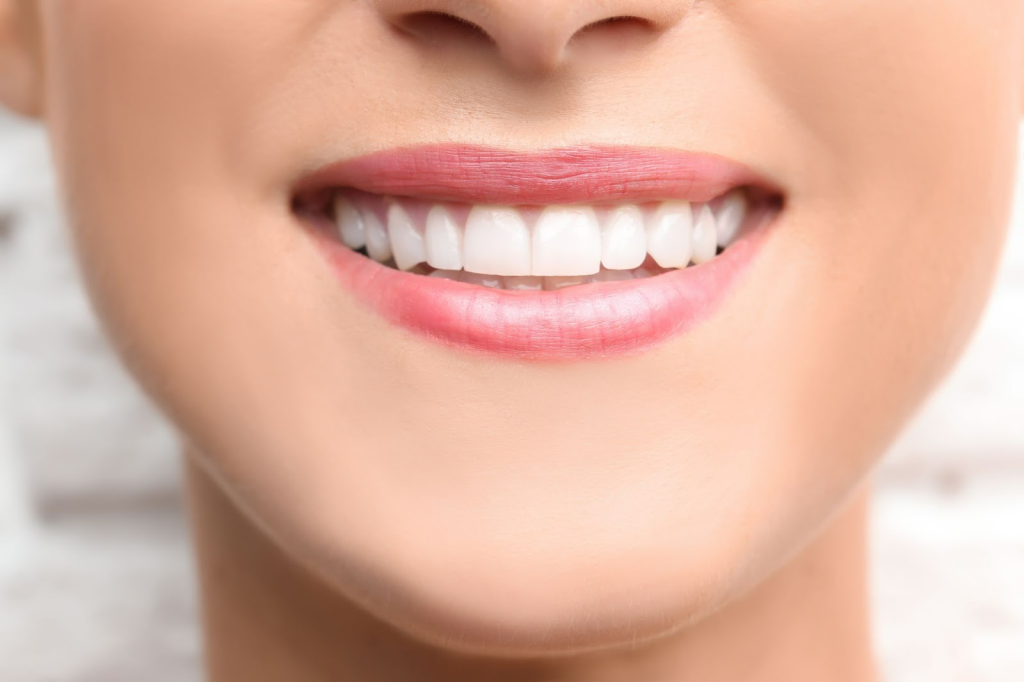
2. Eating hard foods
Eating hard foods like candy bars or ice cubes can also put too much pressure on your enamel and cause cracks in your teeth. If you snack on hard foods often, try softening them first by chewing sugar-free gum to reduce the risk of cracking your teeth.
3. Poor oral hygiene
Poor oral hygiene leads to a buildup of plaque and tartar on the surface of your teeth, which weakens their structure increases the risk of cracking and inflames the soft tissue of your gums. Make sure to brush twice daily with fluoride toothpaste, floss once daily, and visit your dentist regularly for professional cleanings and checkups every six months or as your dentist recommends.
4. Chewing on pencils
Chewing on pencils is another bad habit that puts undue pressure on the enamel of your teeth and increases the risk of cracking over time. Avoid this habit as much as possible if you want to keep your teeth healthy.
5. Teeth whitening treatments
Teeth whitening treatments are popular these days; however, they can weaken tooth enamel making it more vulnerable to cracking over time due to excessive pressure or trauma from biting down too hard on something like hard candy or an ice cube after whitening treatment has been done recently. To be safe, ensure not to eat anything overly hard post-treatment for 24 hours at least.
6. Trauma
Trauma from physical accidents, such as being hit in the face with a ball or taking a fall onto concrete, can cause severe damage to both primary and permanent adult teeth alike. If you experience any kind of trauma, make sure to go see an emergency dentist right away. It is common to experience tooth loss after severe trauma to the mouth or oral accidents.
7. Age
Our natural tooth enamel becomes thinner as we age, making it more prone to cracking, especially when exposed to extreme temperatures (for example, hot soup). Try avoiding extreme temperatures while eating, drinking, or brushing if possible.
Types of tooth cracks
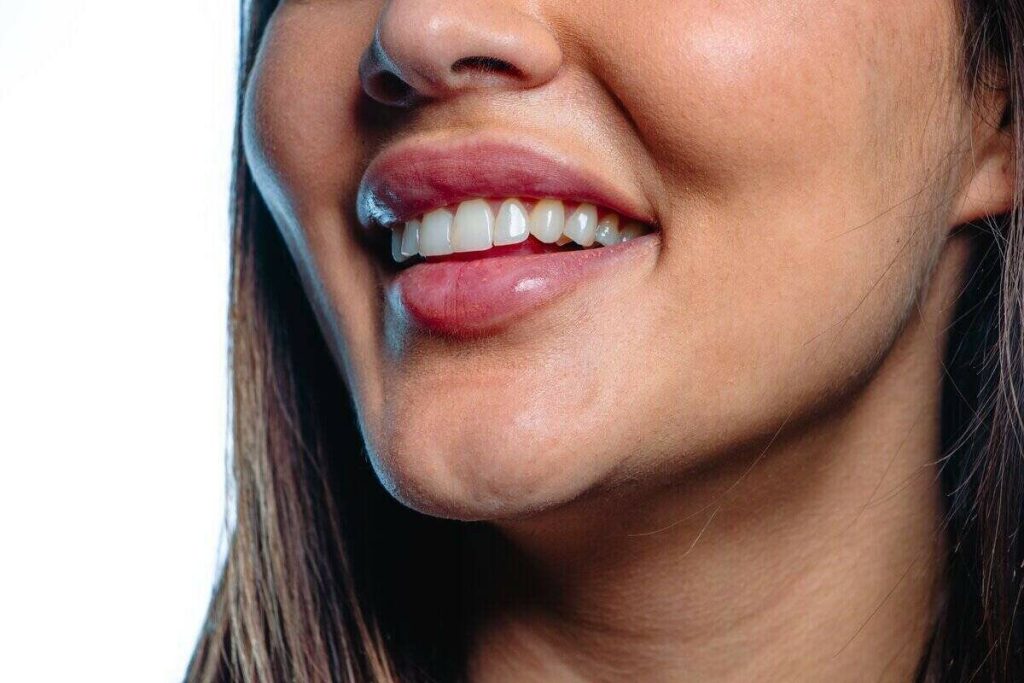
Craze lines
Craze lines are small cracks that appear on your teeth’ enamel surface but don’t extend into the dentin layer underneath. These cracks typically don’t cause pain or require treatment as they are not considered structural damage. However, if these cracks become deep enough to reach the dentin layer, they may need to be filled with resin composite material.
Fractured cusp
A fractured cusp occurs when the chewing surface of one or more points is cracked or broken off. This type of fracture may cause sharp pain while eating and chewing, but it doesn’t always cause discomfort. Treatment for a fractured cusp depends on the extent of the damage but can include crown placement or root canal therapy, among other treatments.
Split tooth
A split tooth is when there is a crack that extends from the crown all the way down into the root of the tooth. This type of fracture usually requires endodontic treatment to restore its structure and prevent further damage. If left untreated, a split tooth can lead to infection or abscess formation, so getting it taken care of as soon as possible is important.
Vertical root fracture
Vertical root fractures occur when there is a breakage in between two roots on one single tooth due to trauma, decay, or excessive force being applied to them over time. These fractures are difficult to detect since they occur under the gumline and may require surgery to repair them properly, depending on their severity level.
Cracked tooth symptoms
Pain or discomfort
One of the most common symptoms of a cracked tooth is pain or discomfort when chewing or biting down. This symptom may be mild, moderate, or severe, depending on the severity of the crack and which tooth is affected. Your gum line may be irritated or inflamed as well.
Sensitivity
Another common symptom of a cracked tooth is heightened sensitivity to hot and cold temperatures. If you experience sharp pains when drinking hot coffee or sipping on cold water, it could be a sign that one of your teeth has developed a crack or fracture.
Swelling
Swelling in your gums near the damaged tooth may also indicate that your tooth has been cracked. Suppose this symptom appears alongside any other listed here. In that case, it’s important to contact your dentist immediately so they can examine your mouth and determine the best course of treatment for you.
Difficulty chewing
If you have difficulty chewing certain foods (especially crunchy items like chips), it could be due to an underlying issue, such as a cracked tooth. It’s important to note that difficulty chewing can also occur from other problems, such as cavities, so make sure to get checked out by your dentist if this symptom persists over time.
Visible damage
In some cases, you may be able to see visible damage to your tooth structure caused by cracks or fractures extending below the enamel layer into the dentin layer underneath it. In many cases, though, these cracks won’t be visible without X-rays taken by your dentist, so don’t rely on this symptom alone as an indicator that something is wrong with one or more of your teeth!
Jaw pain
Lastly, jaw pain can sometimes accompany cracked teeth due to TMJ disorder (temporomandibular joint disorder). This condition causes inflammation in both sides of the jaw joint. It often leads to clicking/popping sounds when opening/closing one’s mouth and difficulty eating hard foods due to chronic pain in both sides of the face/jaw area when pressure is put on them from chewing hard food items, such as apples.
What will the dentist do for cracked tooth treatment?
A cracked tooth can be painful, uncomfortable, and embarrassing for anyone. The good news is that several treatments are available for repairing a cracked tooth. Depending on the severity of the damage, your dentist may recommend one of these common dental procedures for a cracked tooth.
Root canal treatment
If the crack has reached the tooth’s inner layer, root canal therapy may be necessary to prevent further damage. During this procedure, your dentist will remove the damaged portion of the tooth and fill it with a special material to protect it from infection. Afterwards, they may place a crown or other restoration on top of the treated area to strengthen and save it.
Dental bonding/ Dental filling
In some cases, if only a small part of the tooth is affected by the crack, your dentist may suggest bonding or filling as a treatment option. Bonding is when your dentist applies a special material directly to the cracked area to seal it and protect it from further damage. Filling involves removing any decay or damage from within the cracked area and then filling it with an appropriate material.
Dental crowns
Your dentist may suggest using crowns for more severe cracks as part of the treatment. A crown is a protective porcelain or ceramic cap that fits over damaged teeth to protect against further damage or infection. Crowns also add strength back into weakened teeth while also improving their appearance by restoring their natural shape and colour.
Dental veneers
Veneers are thin shells custom-made to fit over cracked teeth to improve their appearance while protecting them from further damage. Veneers are made out of porcelain or composite materials. They can be combined with other treatments, such as bonding or fillings, for additional protection against cracking in the future.
Tooth extraction
If the crack is too severe for any other form of treatment, your dentist may suggest extraction followed by replacement with an artificial tooth, such as an implant or bridge. Extractions involve removing all damaged tissue from within the tooth’s root before replacing it with either an artificial root (where implants are used) or bridgework (where bridges are used).
There you have it, multiple treatments that your dentist might recommend for treating a cracked tooth.
Contact Radiant Smiles Dental Group for Affordable And Professional Treatment of Cracked Teeth
Depending on your dental history and cracked tooth diagnosis, our friendly dentists at Radiant Smiles Dental Group will advise different forms of treatment. With these dental treatments at hand, you can rest assured knowing that there’s always something you can do to get relief from cracked teeth. Schedule an appointment with us today.
Note: Any surgical or invasive procedure carries risks. Before proceeding, you should seek a second opinion from an appropriately qualified health practitioner.
References
Colgate: Do you need emergency dental care?
https://www.colgate.com/en-us/oral-health/dental-emergencies-and-sports-safety/do-you-need-emergency-dental-care
Healthline: What are the lines on the front of my teeth?
https://www.healthline.com/health/craze-lines
 Now
Now